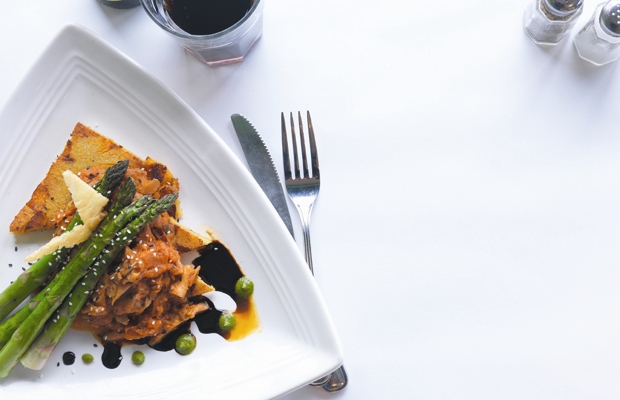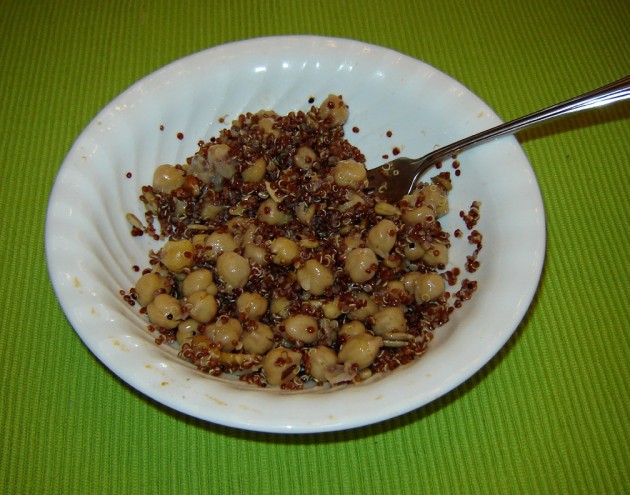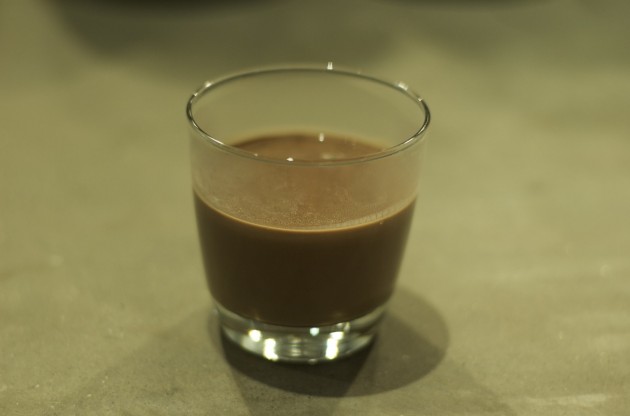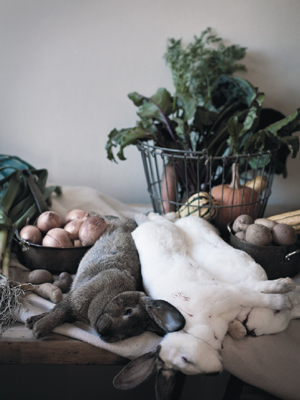Life and Times of Fannie Farmer: Quick Version
It should have been a match made in heaven.
She liked to cook; he liked to cook. She liked to measure; he really liked to measure! (As well as apply the scientific method to the ancient and inexact art of making tasty things to eat.) Her goal was (culinary) world domination; his goal was (culinary) world domination. They even lived in the same neighborhood for Chrissake!
But after the initial infatuation wore off, he began to find her annoying. She smothered everything in sauce—white, velouté, béchamel—thinking it Frenchified her dishes. He preferred that each ingredient express its true essence. She was content with mere kitchen competence in her legions of country bumpkin, desperate immigrant and insecure housewife students. He preached perfection, issuing recipes to his followers only when he’d discovered a dish’s Platonic ideal (“The Best Beef Stew!” “The Best Chewy Brownies!”).
Ever the romantic, he wouldn’t admit their basic incompatibility. They would make a feast together! It would redeem their union! It would impress his friends! He installed a wood-fired iron stove to replicate period cooking conditions. He tracked down fresh calves’ brains, heads and feet—now in disrepute except among hot-dog makers; ripped agonized live lobsters in half lengthwise and deliberated over the perfect substitute for Canton ginger (galangal). He even bought a spendidly overdone repoussé punch bowl. But to no avail.
He could no longer overlook her shortcomings. “Sure, Fannie was on solid ground when dealing with simple roasts, chops, puddings, and the like, but once she tried to tart up a dish or had to cook more delicate items such as vegetables or fish—well, the modern cook would find the food more compost than compelling.”
Disillusioned, he turned to tearing down her most ambitious 12-course menu, the very dinner they were preparing together. The filling for her rissoles was “bland.” The lobster á l’Américaine was “a bit ham-handed.” The venison was accompanied by “lackluster” potatoes lyonnaise. Her salmon was “pedestrian;” the deep-fried artichokes, “heavy and pedestrian;” the goose stuffing “soft and boring.” Even her grand finale of cakes, “uninspired.” (This to the lady who may have singlehandedly turned us into a nation of sugar junkies!) With each course, Kimball elbowed his way further into the kitchen, until at last he evicted poor Fannie altogether, finishing the feast with recipes from The Epicurean (penned in 1894 by the French chef of Delmonico’s) and the illustrious author himself.
Fannie’s Last Supper is a supremely entertaining read. Continue reading →









